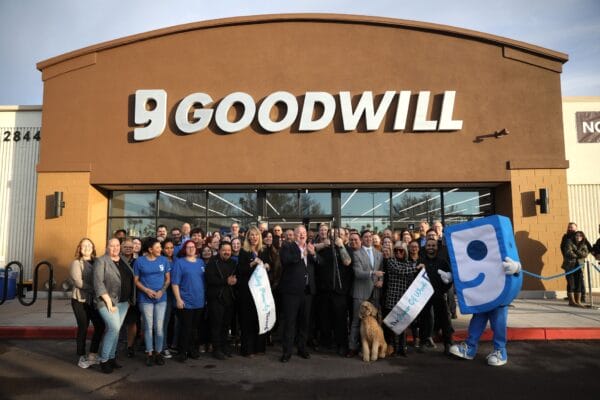
Arizona candidates in tight Senate race have pledged to help cattle ranchers, who were stunned by USDA decision in August to reduce insurance
Photographs by Caitlin O’Hara for The Wall Street Journal
SNOWFLAKE, Ariz. Western ranchers are suffering one of the worst droughts in decades, and this week one rancher is liquidating half his herd of 1,000. He has avoided even deeper losses by offsetting feed costs through a decade-old federal drought-insurance program, which he says has been a “game changer.”
But in late August, the Trump administration stunned the ranching community here by unveiling plans to significantly scale back the insurance program in 2019, ratcheting up anxiety in farm communities already upset over retaliatory beef tariffs imposed by China after President Trump imposed levies on its products.
“We’re probably some of his biggest supporters. It’s pissed off a lot of people,” said
The rollback of the Agriculture Department’s Pasture, Rangeland and Forage program has become an issue in the toss-up Arizona U.S. Senate race, and in a sign of ranchers’ political muscle, both candidates are pledging to get it fixed.
“It’s not right and it’s not fair,” Republican Congresswoman Martha McSally said in an interview with The Wall Street Journal. Ranchers, she said, “know I’m going to fight for things that matter to them. We’re going to work through this but it’s certainly not good.” Democratic Congresswoman Krysten Sinema, who said she has been approached about the program while campaigning, called it “really bad for Arizona” and called the sudden change “very Washington, D.C.”
The White House declined to comment.

The pasture, rangeland and forage program is a hedge against drought. Ranchers pay a premium—half of which is subsidized by the government—and receive indemnities in times of low precipitation. They use those payments for hay and other supplemental feed or water.
“It saved my ass big time,” said Roger Warner, 71, of the family-run Eureka Springs Cattle Co., in southeastern Arizona.
While used across the country, the insurance has been most coveted in recent years in the West. The “four corners” area of Arizona, Utah, Colorado and New Mexico is in “extreme” or “exceptional” drought, according to government data. Statewide over the past year, Arizona has seen half its average precipitation. Navajo County, home to Snowflake, is going through its second-driest year in a more than a century.







